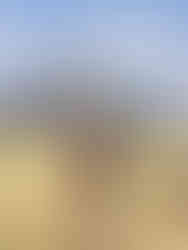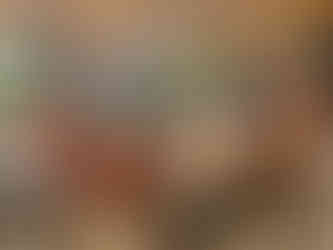Medicine, culture and trips
- stiftungkanthaboph
- May 7
- 3 min read

Time has passed quickly! We have experienced and learnt a lot since our arrival in Siem Reap. We were warmly welcomed by everyone at Kantha Bopha Hospital: the entrance guard (who had our photo from the welcome article ready), Professor Chantana and the hospital management, as well as all the doctors, nurses, security and cleaning staff. We were told right from the start that all the wards were open to us and that we could put together our program according to our interests. We also received exciting suggestions from various sides. We appreciated this flexibility and our assignments were well organized.
All the wards we visited were interesting in their own way. We particularly liked the neonatal intensive care unit. We both spent two weeks there with Dr Bunthong and his dedicated team. Our time there was extremely instructive and we appreciated their endeavors to teach us as much as possible. We spent the afternoons in the Bloc, where we received the babies born by caesarean section. The focus there was on neonatal resuscitation. Around 10 per cent of newborns need support to adapt to their new circumstances after birth. This ranges from simple stimulating touches to intubation and cardiac massage. We were well guided and encouraged in this challenging task. Towards the end, we made great progress and were able to accept the baby with a good feeling and carry out small interventions independently.
In addition to the teachings on medical topics, we also received a lot of information on the culture, religion and history of Cambodia. Everyone was very happy to give us suggestions for excursions and food. For example, we travelled to the south of the country for a week. We visited pepper plantations and cookery courses in Kampot and enjoyed crab in Kep. We then spent a few days on the beach on the paradisiacal islands of Koh Rong and Koh Rong Samloem.
At the weekends, we explored the area around Siem Reap. Of course, we mainly focussed on the temples. We particularly liked Bayon, Banteay Srey and Beng Malea and, of course, Angkor Wat. There we were lucky enough (along with thousands of other people!) to experience an Equinox sunrise, when the sun rises over the center tower. The history and age of the temples are extremely impressive and give an idea of how influential and advanced the Khmer empire was.
Regarding the food: For many people from the hospital, amok with fish is their favorite meal, and we can only agree.
Our time in Cambodia was an impressive experience. The insight into a different healthcare system taught us a lot. On the one hand, it reinforced our appreciation of our Swiss healthcare system with all its possibilities and availability. It emphasises our privilege in Switzerland.
On the other hand, it showed us how the doctors here work medically with comparatively limited resources. They manage to provide the best possible medical care for an enormously large catchment area. In doing so, they are confronted with situations where they know what the current therapy would be and this is not available for financial reasons. For example, surfactant for premature babies (a substance that unfolds the lungs) or complex genetic tests to identify and treat rare diseases.
We were particularly impressed by the constant determination of the entire staff to achieve more and more and to provide patients with the best possible care. This is particularly evident in the continuous development of the hospital with newly opened wards and further training programs. The interaction between the staff was very pleasant and always on an equal footing. We enjoyed our time here and wish the future WSJ students lots of fun! Many thanks and all the best for the future!
With best regards
Sophie and Samuel
















Your experience at Kantha Bopha Hospital beautifully shows the power of dedication, even with limited resources. For those sharing similar stories or global health insights, eBook marketing services can help turn your journey into a published, widely shared story.